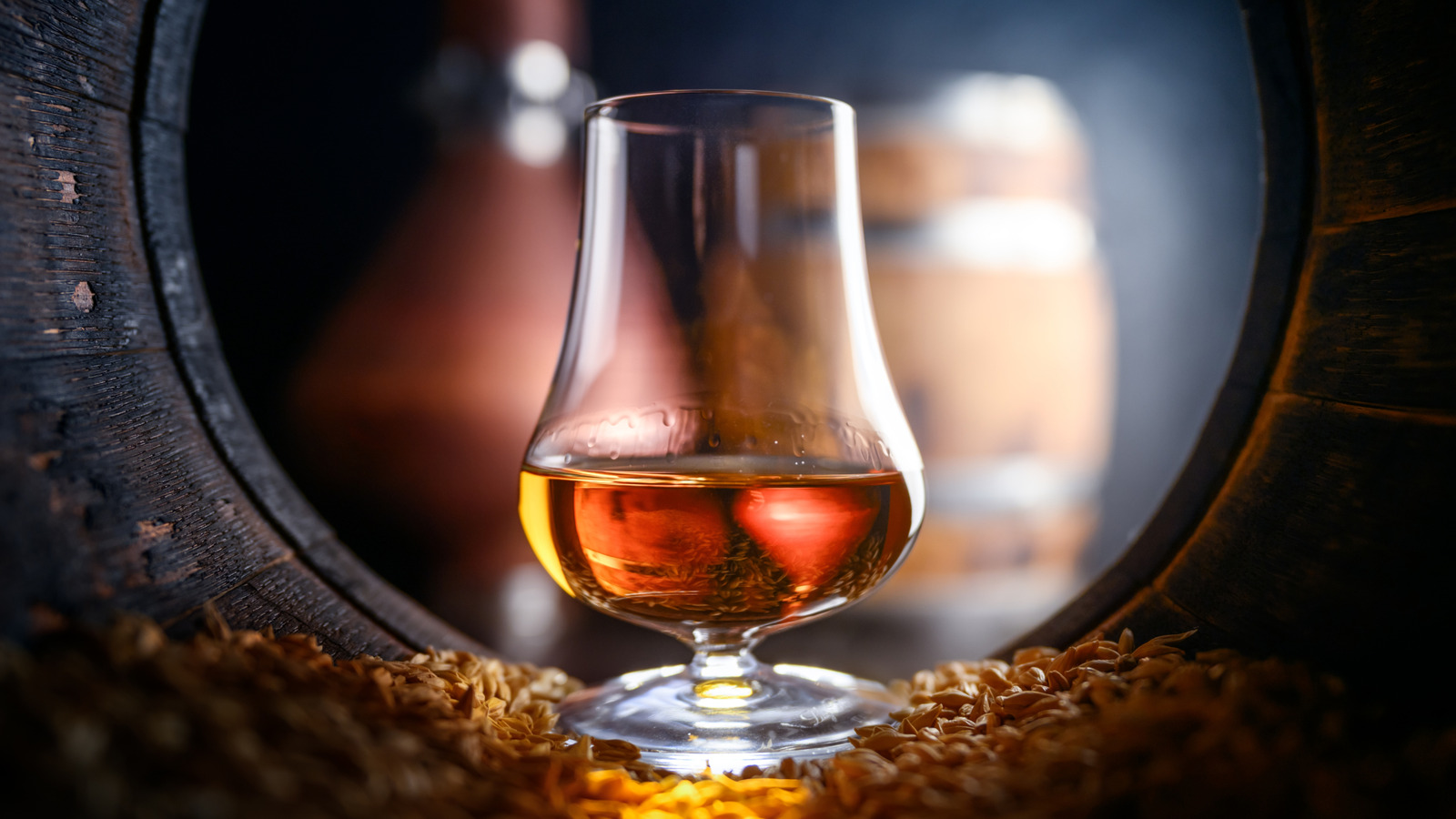
""Too much of anything is bad, but too much good whiskey is barely enough," as Mark Twain once famously noted. It's a declaration of appreciation that celebrates quantity while still distinguishing quality. At the end of the day, there's good whiskey and bad whiskey. Even so, when you attend a whiskey tasting event, refrain from trash-talking a particular whiskey. It's poor manners to berate a whiskey that you don't like at a group tasting event."
"As a general rule, it's always a better idea to emphasize the good attributes of what you like than to emphasize the bad qualities of what you don't. Heavily criticizing one particular whiskey variety in the flight can be especially cheeky if the tasting is hosted by a distillery, because all of the offerings in the lineup came from the same producer. If you really favored one of the whiskeys, speak positively about that star."
"Instead, treat each dram with consideration and appreciate its complexity. Didn't like the flavor? Take the educational opportunity to see what other qualities you can identify. For instance, you might hold your glass up to the light to observe its color (amber or mahogany hues often indicate the use of sherry casks, while golden hues suggest aging in bourbon casks)."
Whiskey tasting etiquette calls for respect and constructive commentary rather than derision. Emphasize the good attributes of preferred whiskeys and avoid harsh criticism, especially when the lineup comes from a single distillery. Treat each dram with consideration and explore its complexity by observing color, sniffing to assess aroma—the nose contributes about 80% of flavor—and naming identifiable notes like pear, herbs, biscuit, or ash. Hold the glass up to light to infer cask influence. Typical tastings involve a host introducing each sample's name, age, distiller, and flavor hints, then inviting guests to ask questions and share feedback.
Read at Tasting Table
Unable to calculate read time
Collection
[
|
...
]